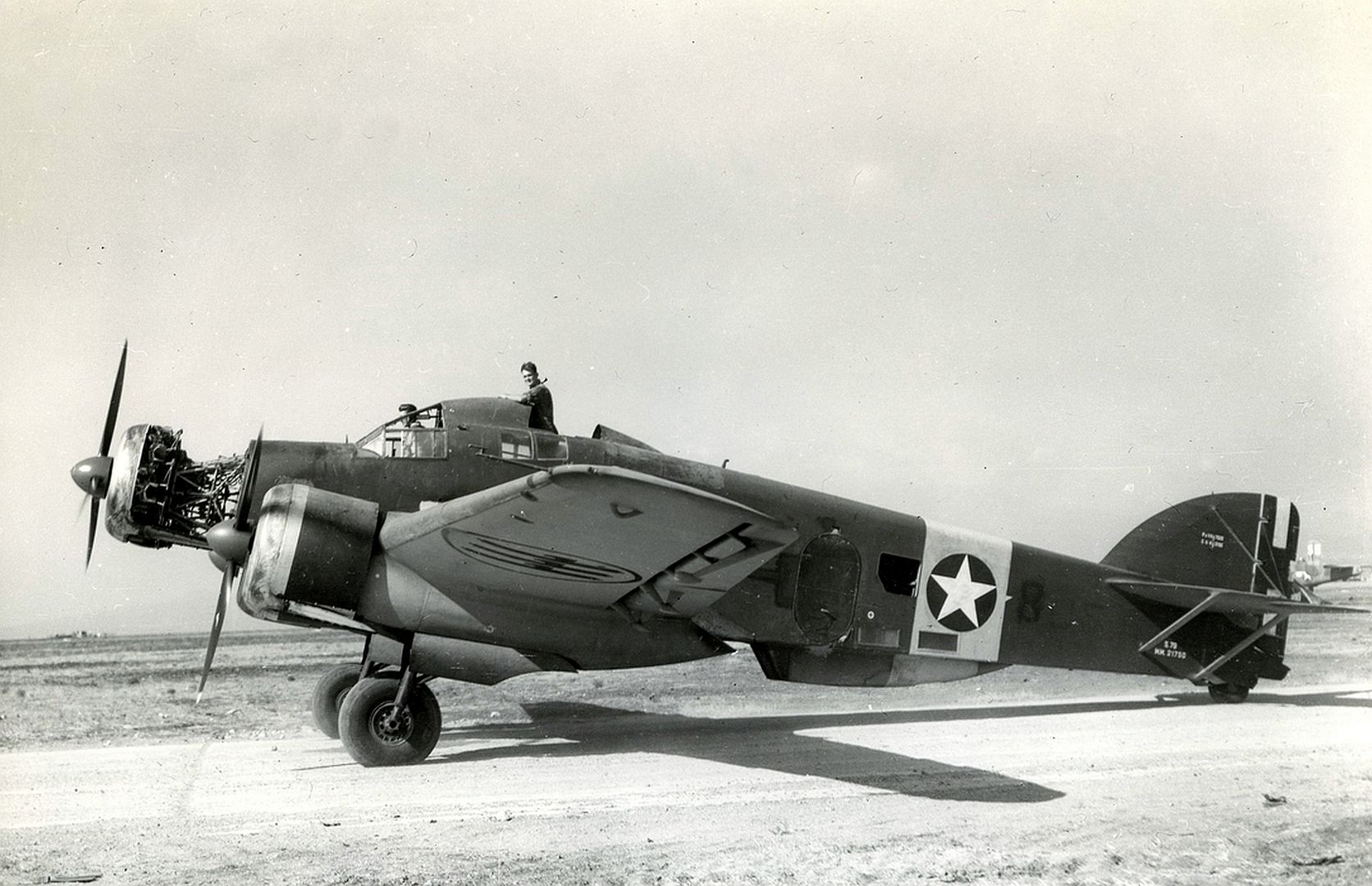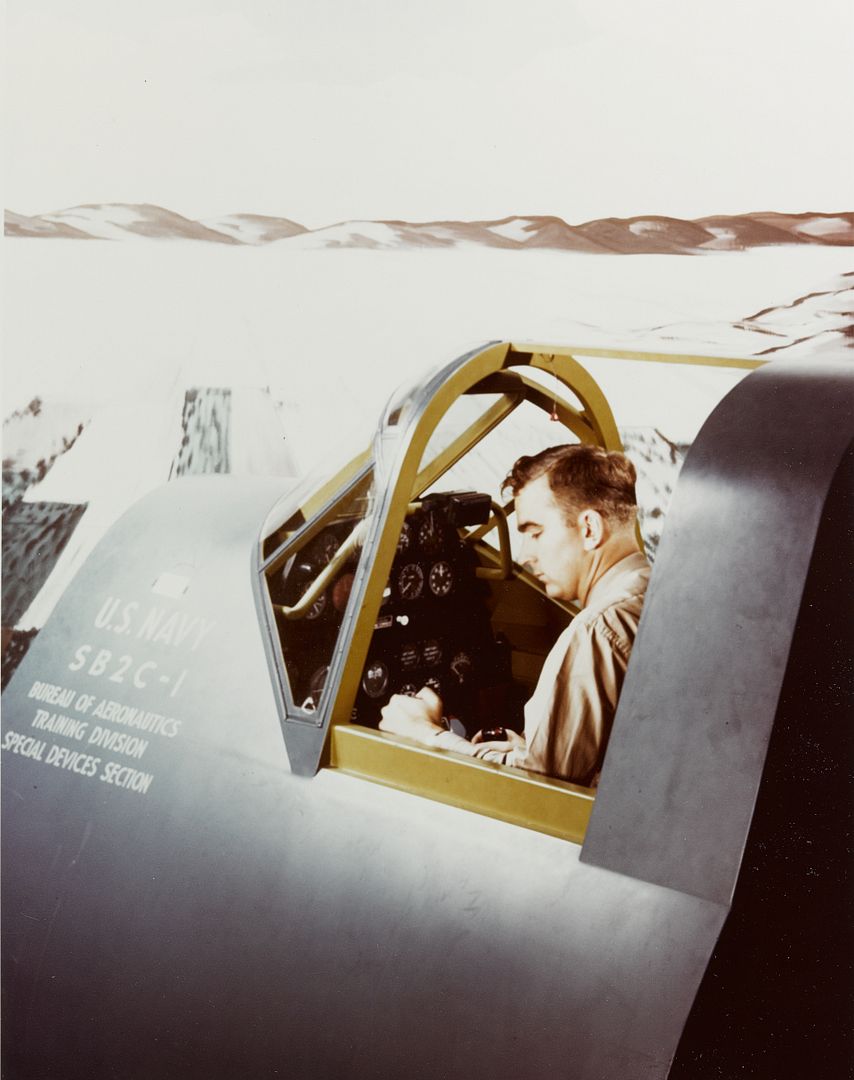Forums
- Forums
- Axis And Allies Forum
- General Discussion
- Photo of the week
Photo of the week
Post a reply
- Go to Next topic
- Go to Welcome
- Go to Introduce Yourself
- Go to General Discussion
- Go to Screenshots, Images and Videos
- Go to Off topic
- Go to Works in Progress
- Go to Skinning Tips / Tutorials
- Go to Skin Requests
- Go to IJAAF Library
- Go to Luftwaffe Library
- Go to RAF Library
- Go to USAAF / USN Library
- Go to Misc Library
- Go to The Ops Room
- Go to Made in Germany
- Go to Campaigns and Missions
- Go to Works in Progress
- Go to Juri's Air-Raid Shelter
- Go to Campaigns and Missions
- Go to Works in Progress
- Go to Skinpacks
- Go to External Projects Discussion
- Go to Books & Resources
-
 Main Admin
Main Admin -
 Main AdminThis weekends extra.
Main AdminThis weekends extra.
Bristol Blenheim Mk IF of No. 54 Operational Training Unit fitted with an AI Mk III radar antenna in the nose.
On the night of 22/23 July 1940 the Fighter Interception Unit (FIU) using a Blenheim Mk. IF achieved the first airborne radar intercepted kill in history, shooting down a Dornier Do 17 Z of 2 Staffel, Kampfgeschwader 3. More successes followed and before long the Blenheim proved itself invaluable as a night fighter. The Blenheim was gradually replaced with the faster and better armed Bristol Beaufighter.
-
 Main AdminThis midweeks photos.
Main AdminThis midweeks photos.
Taken in 1946, Langley equipped this P-51B Mustang with wing gloves for an investigation of low-drag performance in flight.
Model: NA-102
Construction #: 102-24553
Delivered to U.S. Army Air Force
assigned to Langley Field, VA. Assigned to NACA Langley Memorial Aeronautical Laboratory, later as NACA Langley Research Center, Langley Field, VA August 16, 1943 to January 4, 1951.
Registered as NACA 105.used for full-scale wind tunnel drag tests at NACA Langley September 1943.
Prop was removed and ducts were blocked and all seams smoothed over.
Salvaged at Langley Field, VA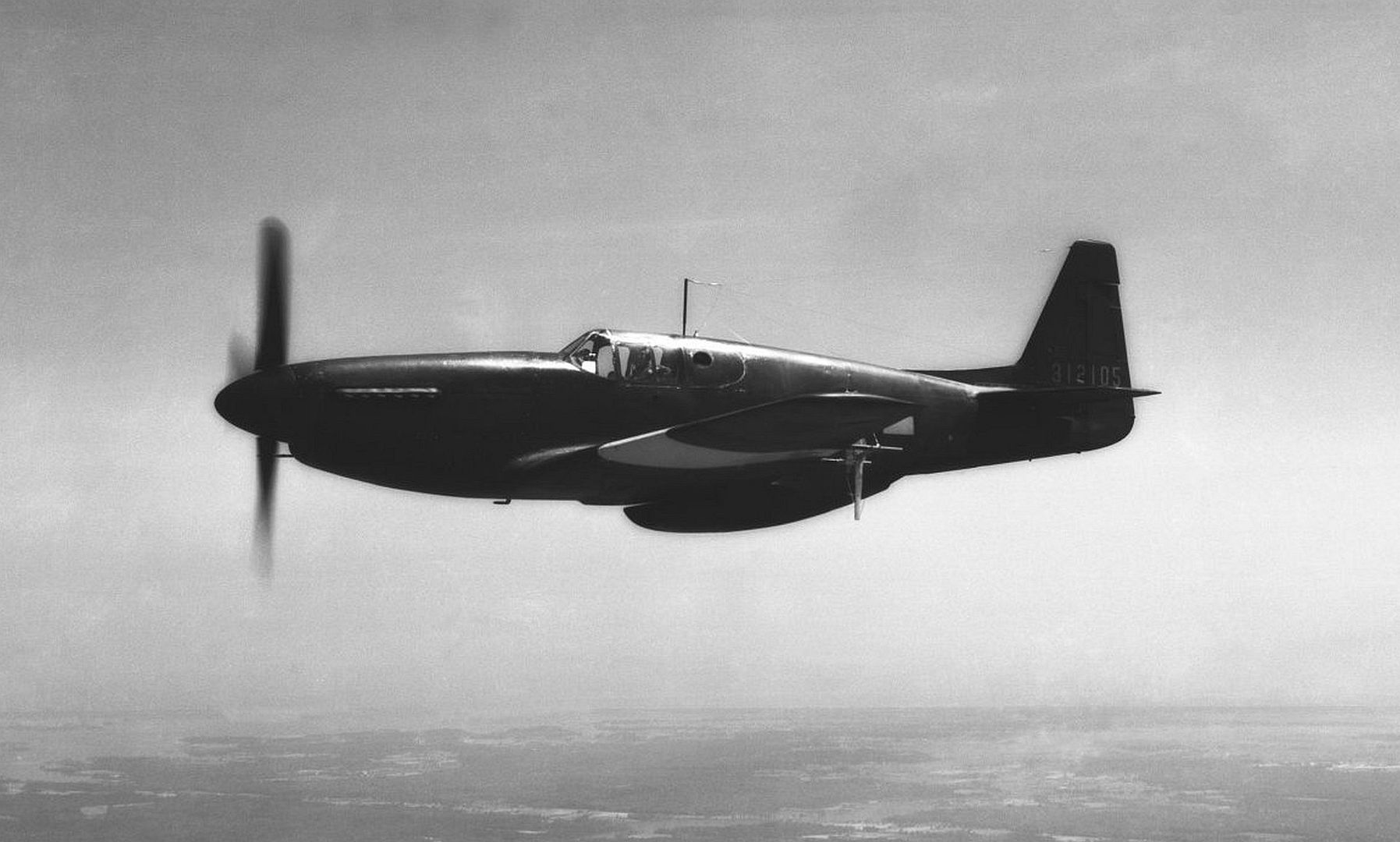
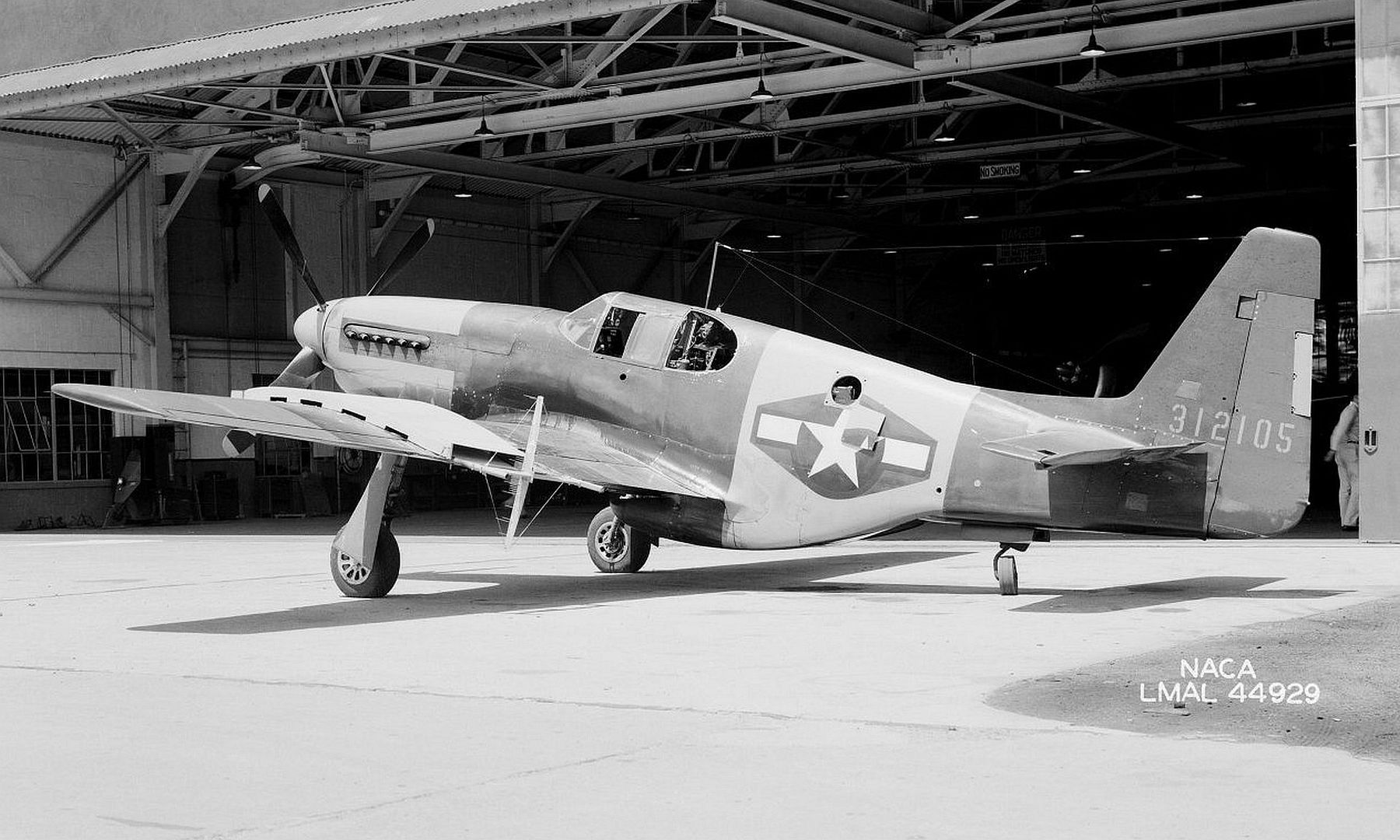
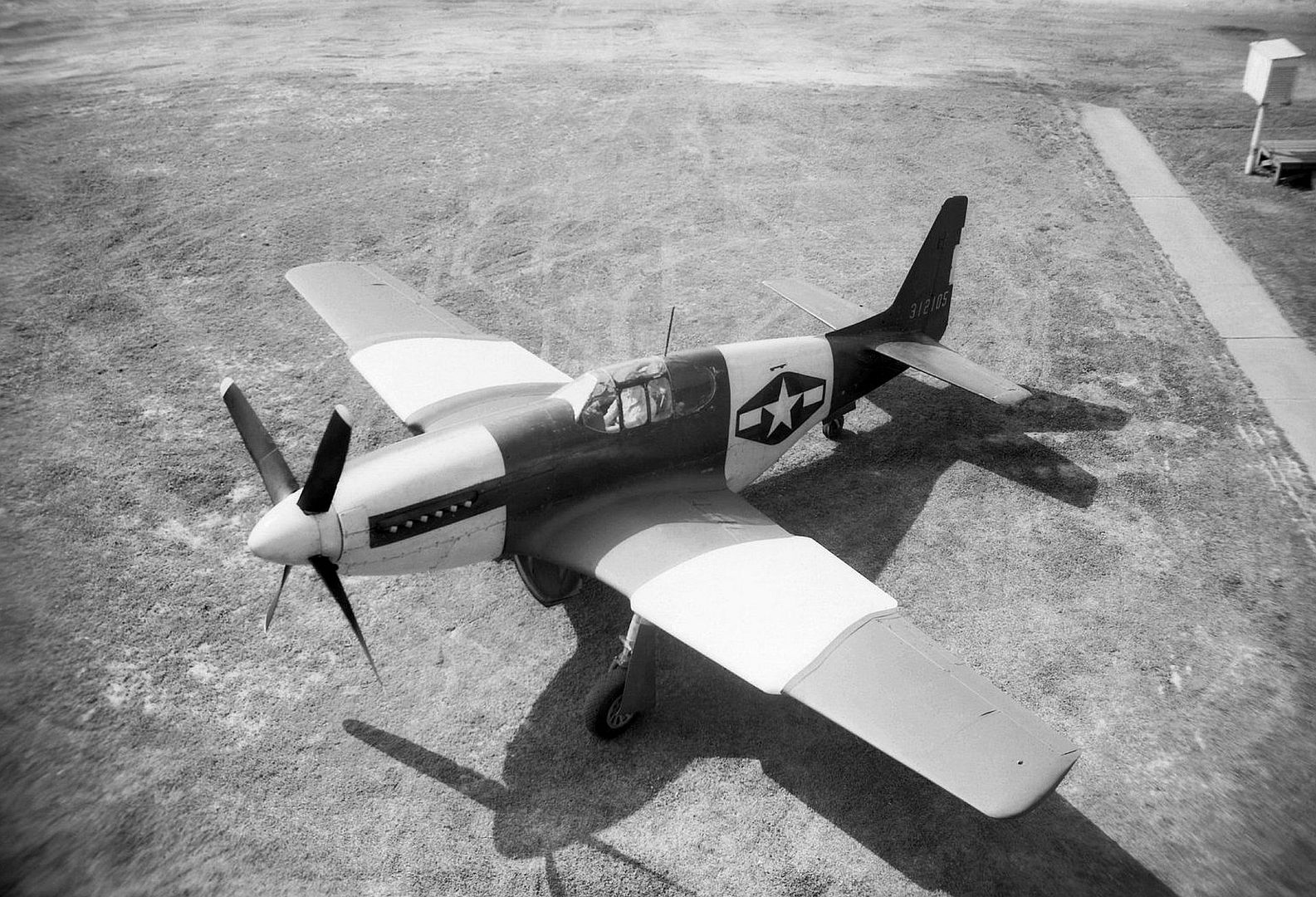
What a neat looking P-51B -
 Main AdminThis weekends photo.
Main AdminThis weekends photo.
The first prototype Hawker Tempest (HM595) was flown at Langley for the first time on 2nd September 1942 with Phillip Lucas at the controls.
The Hawker Tempest V prototype initially retained a 'Typhoon-style' cockpit and tailfin although a dorsal fin was soon added, together with an all-round clear view canopy which was used on all production aircraft. The marque utilised a 2,180 hp Napier Sabre IIA or IIB engine with a chin radiator (i.e. mounted within an air intake below the engine) and was armed with four 20mm Hispano cannons.
-
 Main Admin
Main Admin -
 Main Admin
Main Admin -
 Main AdminThis weekends photos.
Main AdminThis weekends photos.
A Lancaster Mk I (R5727) from Avro Aircraft (UK) was flown across the Atlantic in August 1942, to act as a "pattern" aircraft for production. Differences between the British Lancasters and the Canadian built versions (known as the Mk X) revolved around engines, instruments and radio equipment being manufactured in Canada or the United States instead of England. The Rolls-Royce Merlin engines were the same design, but manufactured by Packard in the United States. A later series Lancaster Mk X replaced the original Frazer-Nash FN 50 mid-upper turret with a US-made Martin 250CE turret moved to a new location farther back on the upper fuselage due to differences in weight between that unit and the original turret. All major sub-assemblies of the Canadian Lancasters were interchangeable with the British versions so that in the event of damage, spare parts were immediately at hand.
From the first blueprints arriving to the first test flight took only 16 months, an impressive accomplishment, not lost on Avro (UK) management. The Malton work force climbed from 3,300 (1942) to 9,521 in 1944, most of them initially unskilled workers and about a quarter of them women. Almost exactly a year to the day from when the "pattern" aircraft was flown to Canada, the Canadian prototype, (serial number KB700), rolled off the Victory Aircraft assembly line on 1 August 1943. Named the "Ruhr Express," much publicity was made of its christening, first flight and its departure to England.
Below taken at Dorval,(Montréal–Trudeau International Airport)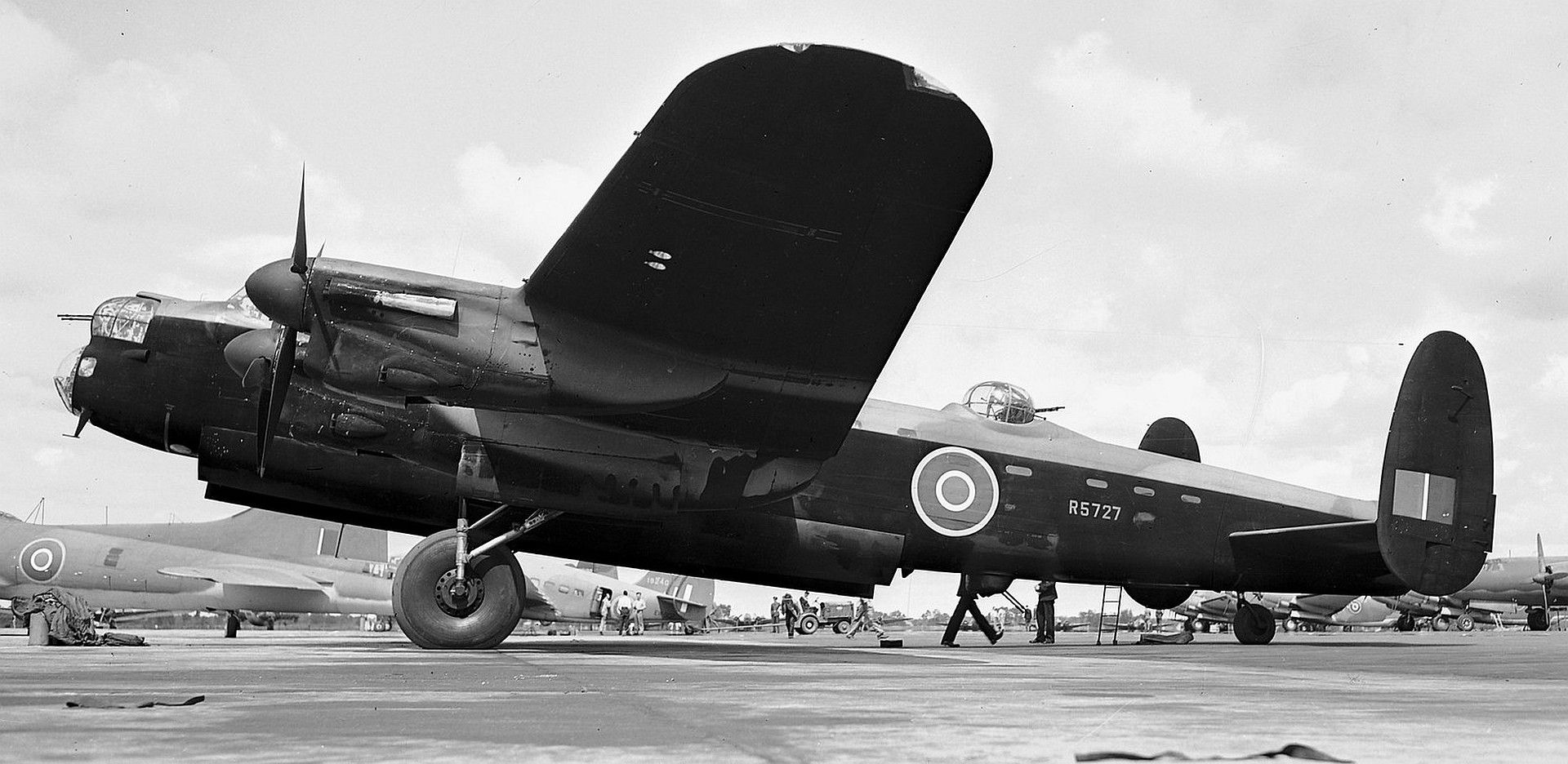
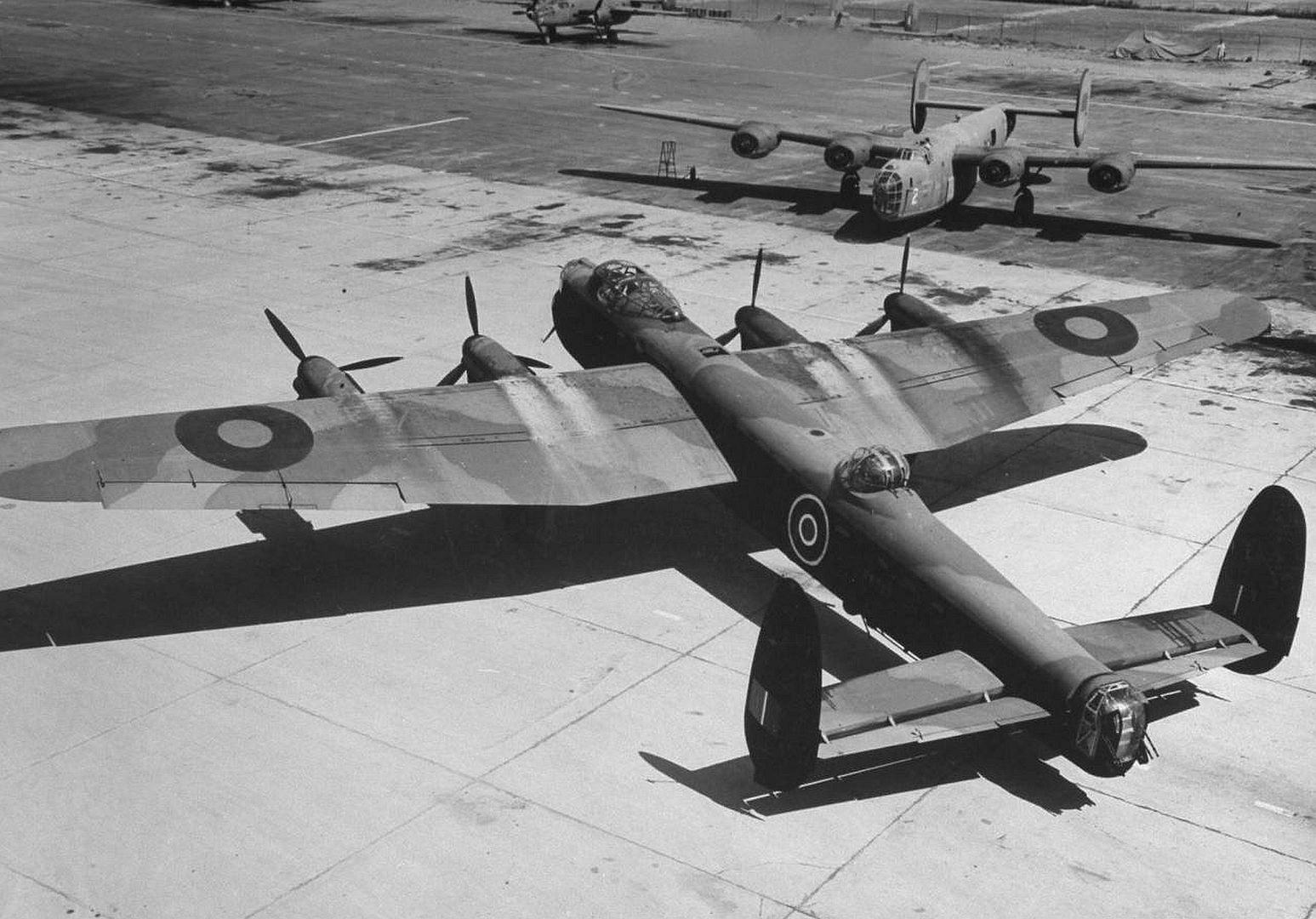
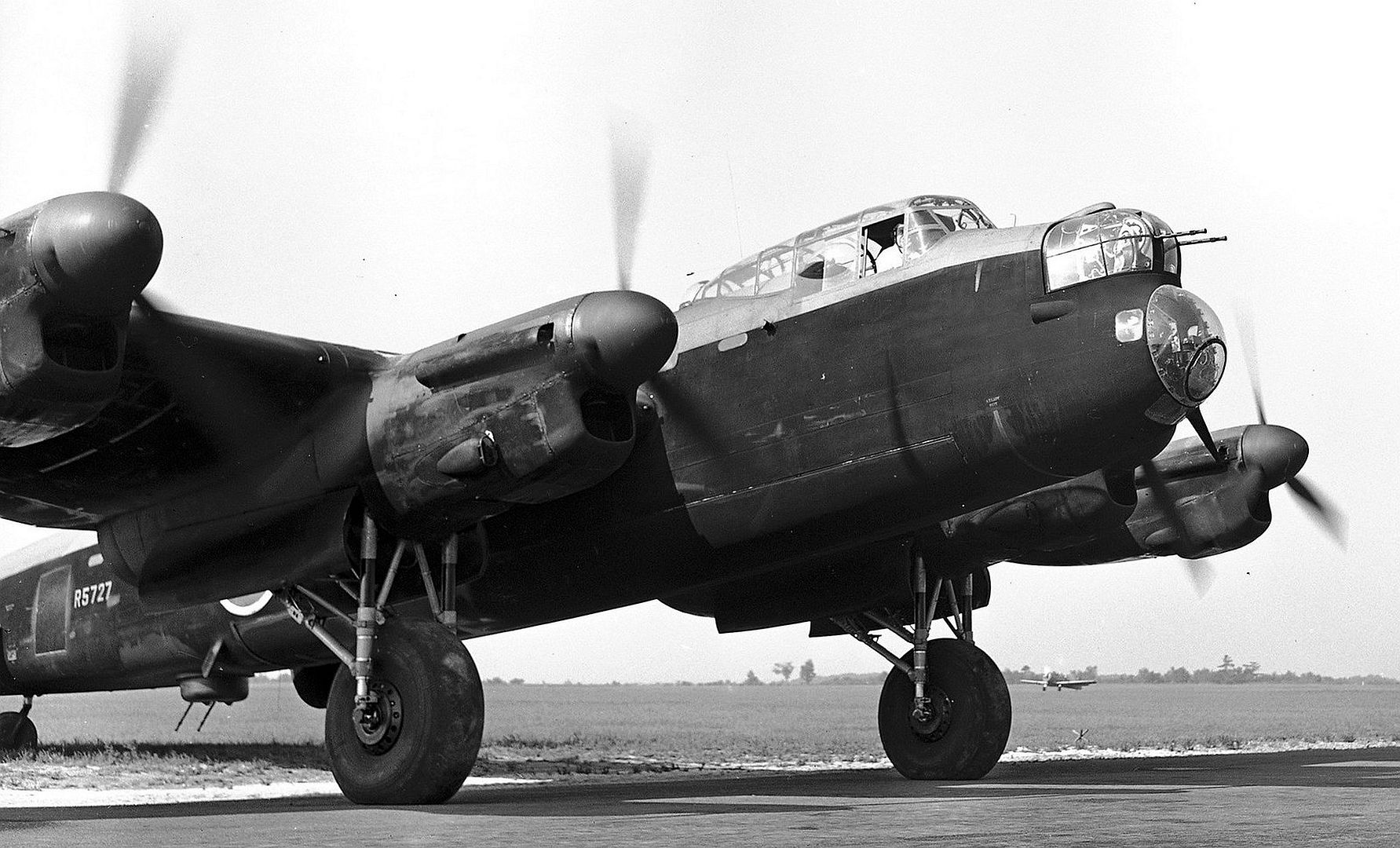



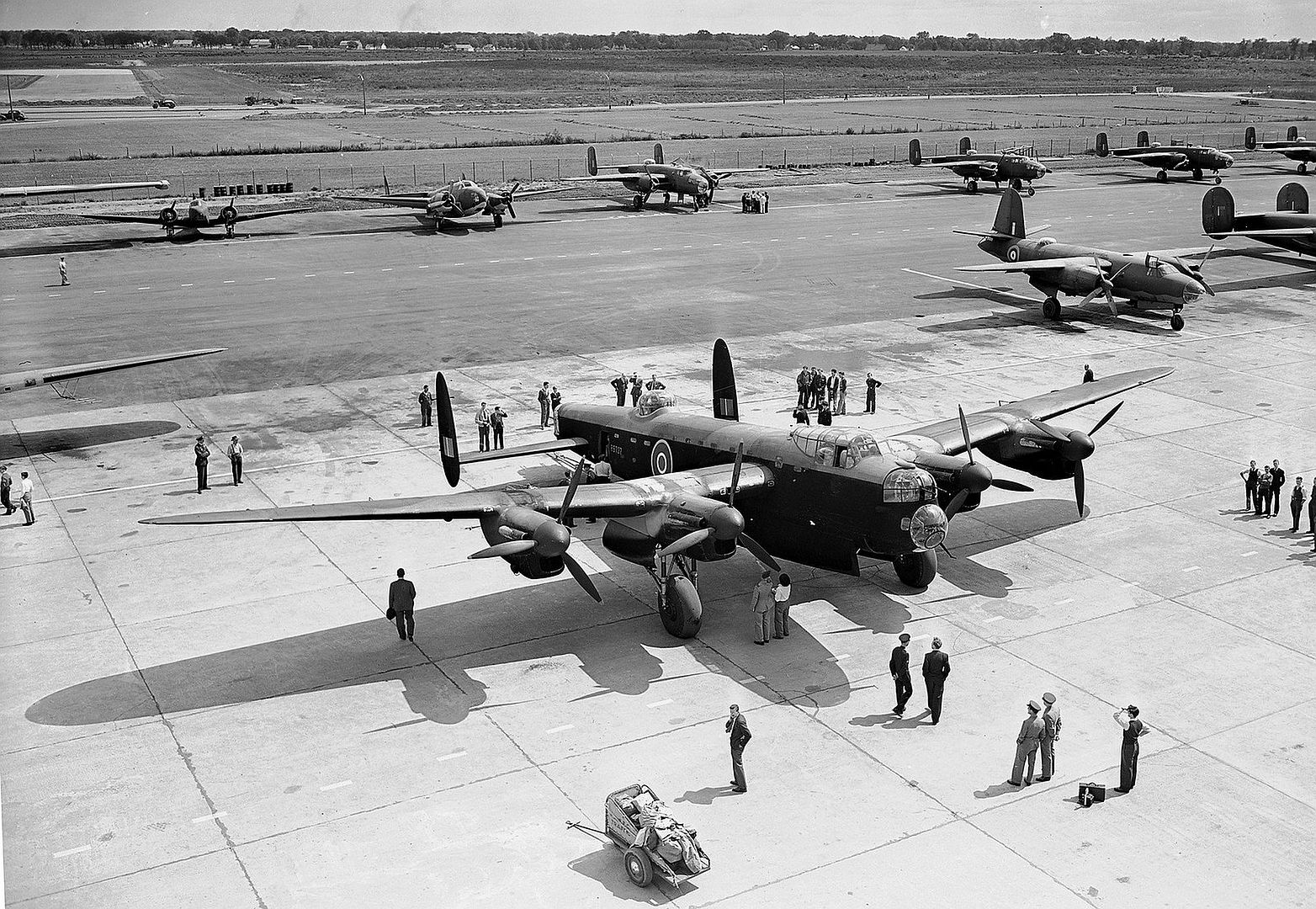

-
 Main Admin
Main Admin -
 Main Admin
Main Admin -
 Main AdminThis weekends photos.
Main AdminThis weekends photos.
The MÁVAG Héja ("Hawk") was a Hungarian fighter aircraft based on the Italian Reggiane Re.2000. The 70 Reggiane Re2000s delivered from Italy were modified with Hungarian equipment and fitted with Hungarian-built Manfred Weiss WM K-14 engines. The Héja was re-designed for Hungarian manufacture as the Héja II and a further 203 were built by MÁVAG for the Magyar Királyi Honvéd Légierő (Royal Hungarian Air Force), which used them in operations against the Soviet Union alongside German units.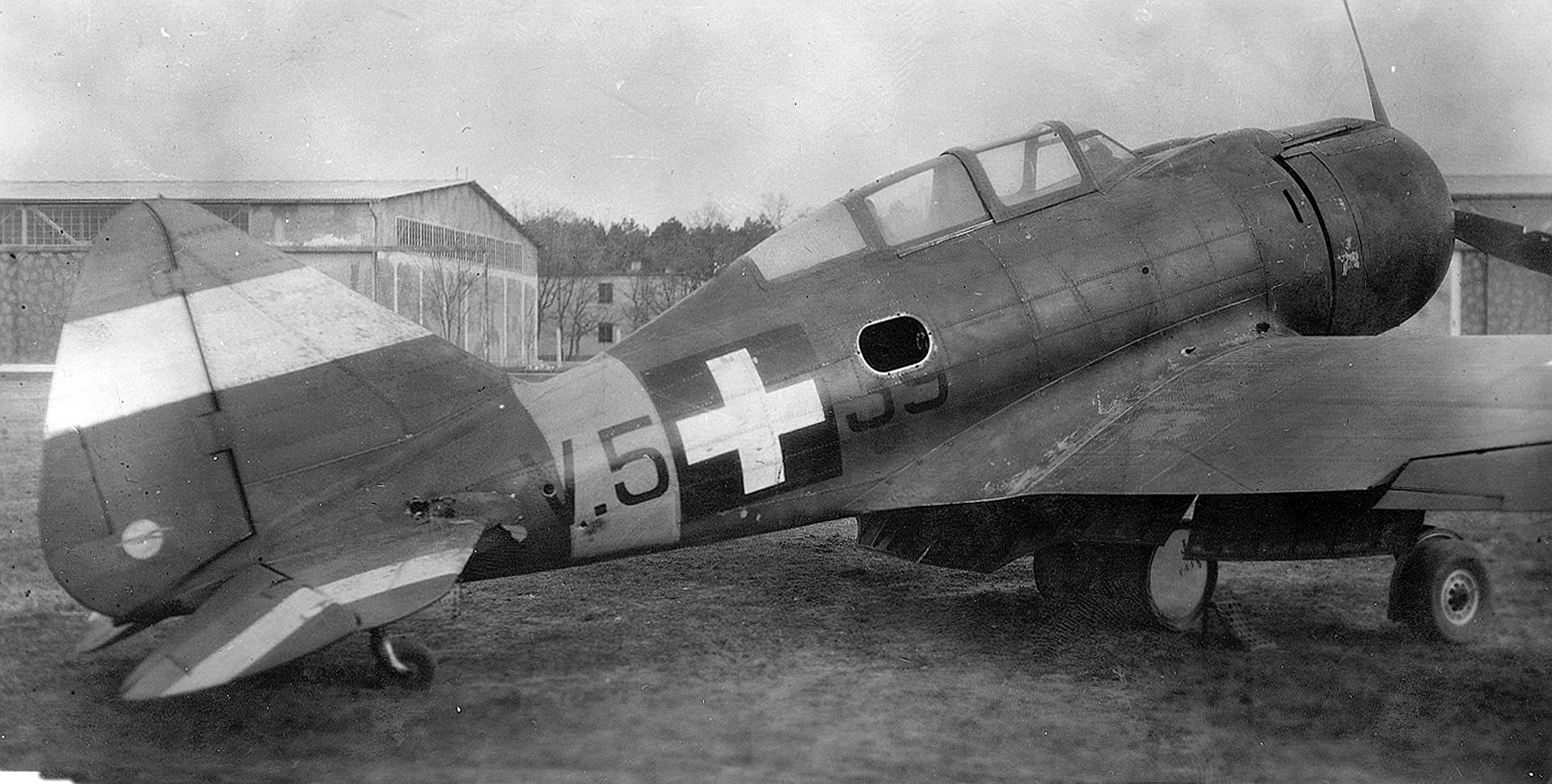

Post a reply
- Go to Next topic
- Go to Welcome
- Go to Introduce Yourself
- Go to General Discussion
- Go to Screenshots, Images and Videos
- Go to Off topic
- Go to Works in Progress
- Go to Skinning Tips / Tutorials
- Go to Skin Requests
- Go to IJAAF Library
- Go to Luftwaffe Library
- Go to RAF Library
- Go to USAAF / USN Library
- Go to Misc Library
- Go to The Ops Room
- Go to Made in Germany
- Go to Campaigns and Missions
- Go to Works in Progress
- Go to Juri's Air-Raid Shelter
- Go to Campaigns and Missions
- Go to Works in Progress
- Go to Skinpacks
- Go to External Projects Discussion
- Go to Books & Resources

